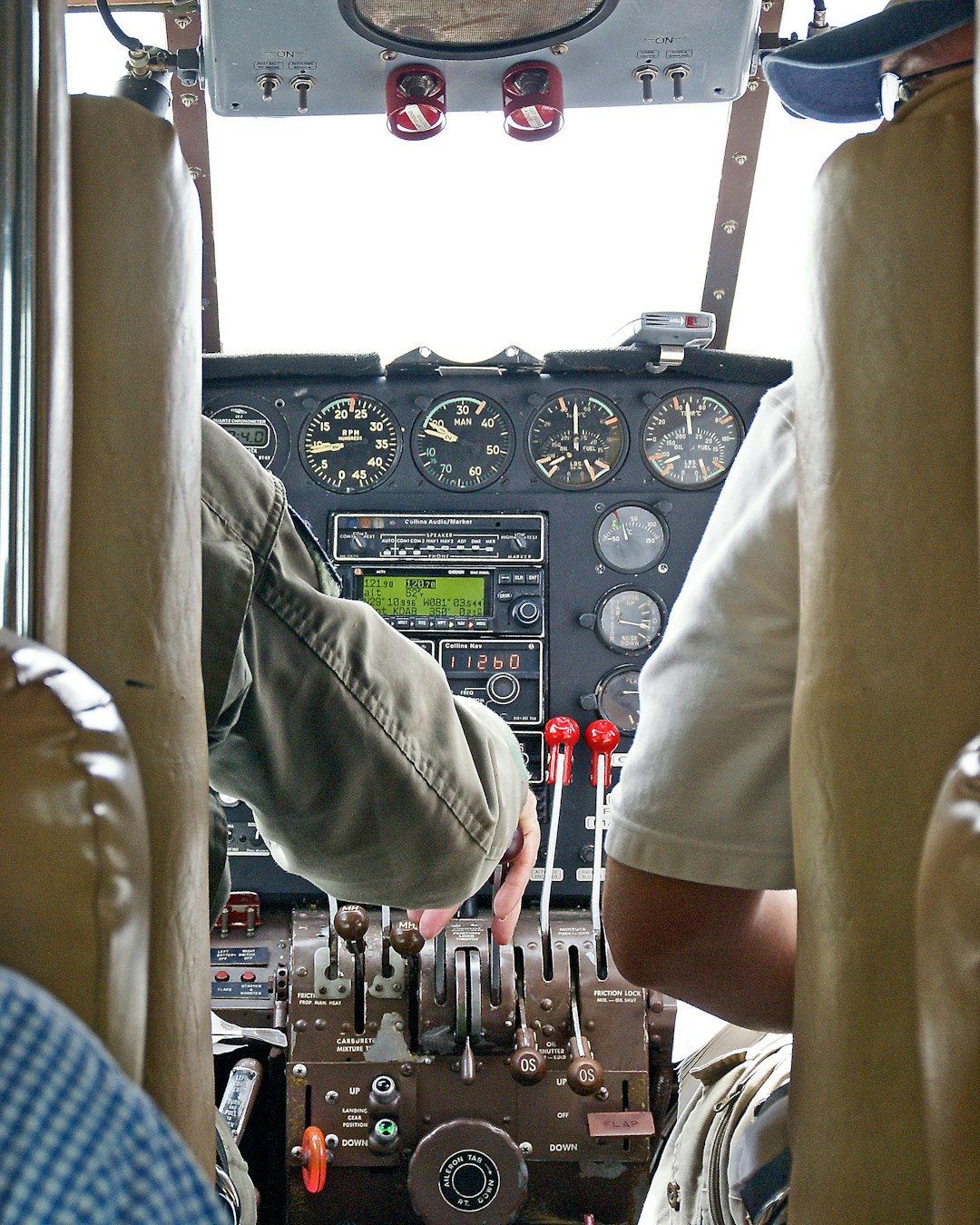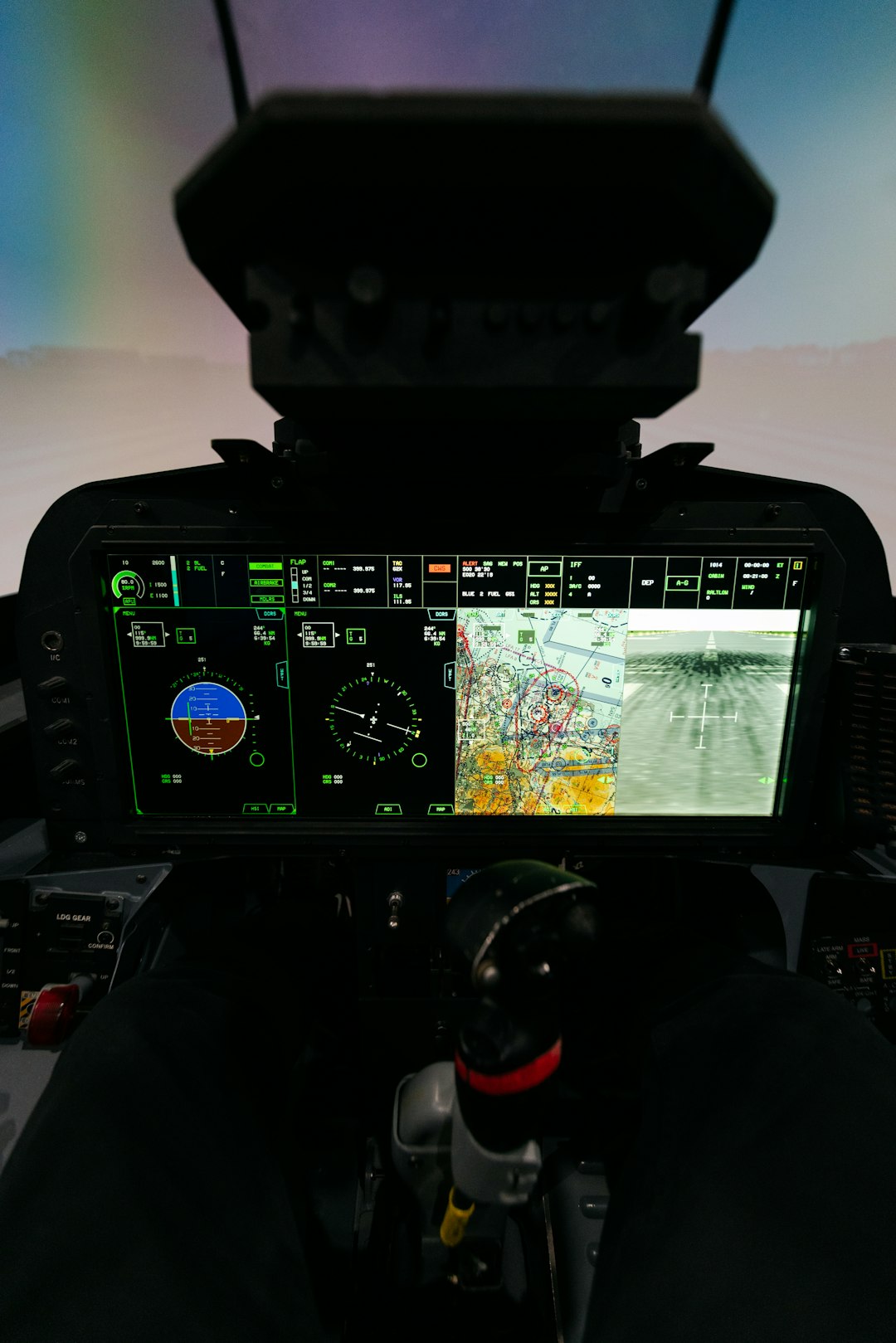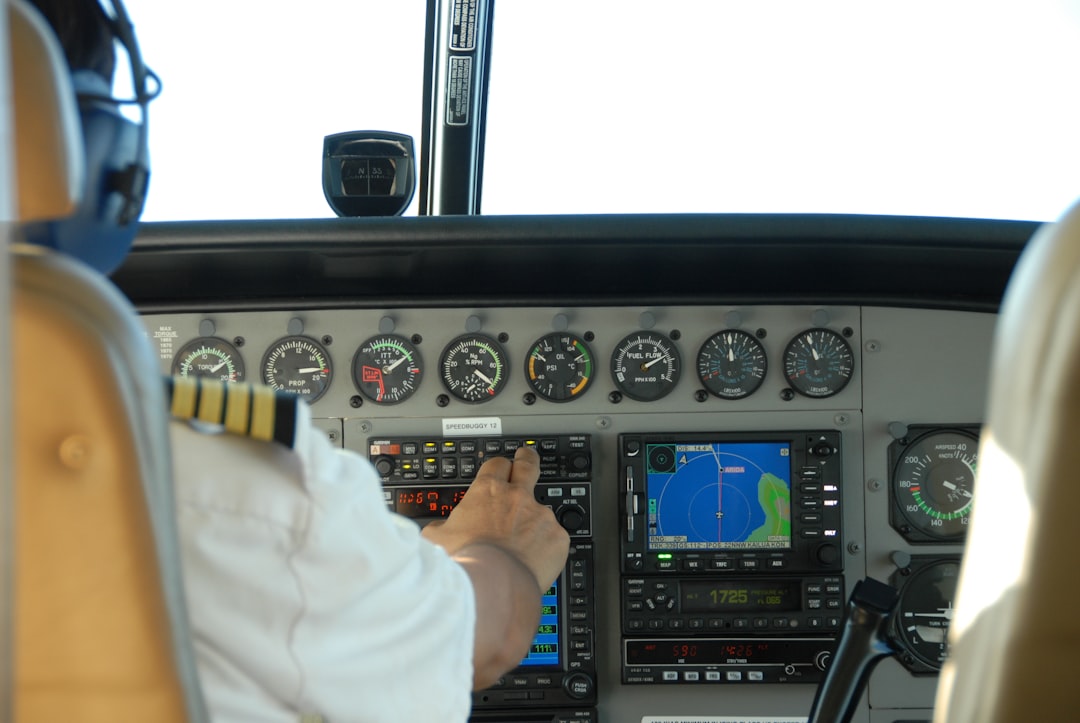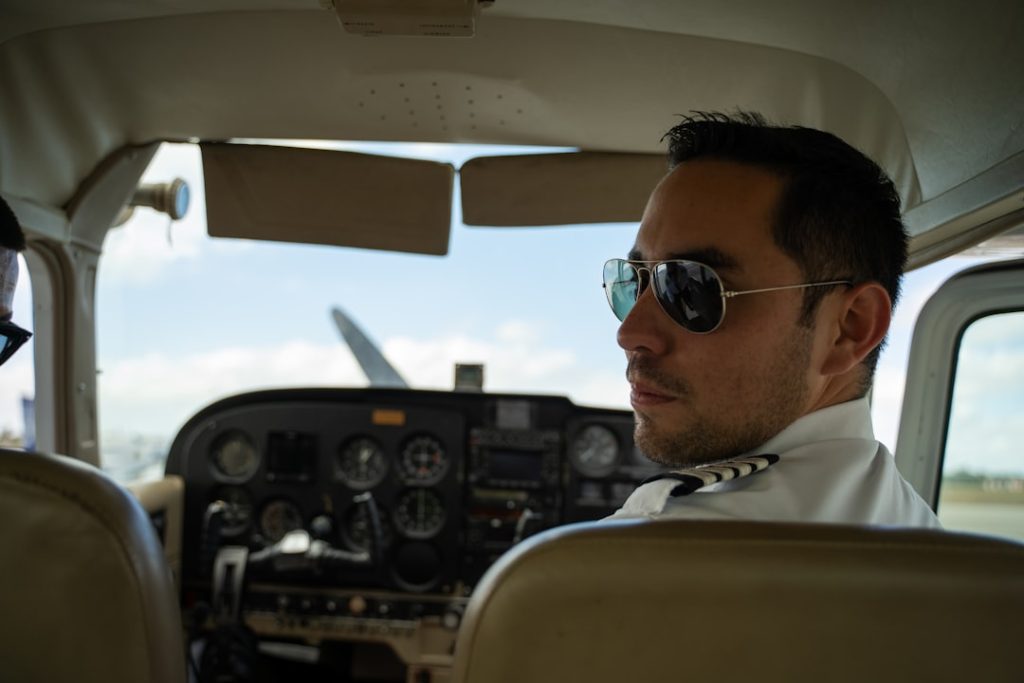The aviation industry is one of the fastest-evolving sectors, demanding precision, compliance, and constant upskilling. As we step into 2025, airlines, maintenance crews, and flight schools are turning to Learning Management Systems (LMS) for smarter, more efficient training. A powerful LMS helps streamline curriculum delivery, monitor compliance in real-time, and keep staff up-to-date with regulatory changes and technical know-how.
With various options available, choosing the right LMS tailored for aviation needs can be challenging. That’s why we’ve compiled a list of the 6 best LMS software for the aviation industry in 2025, focusing on functionalities that make them stand out.
1. LatitudeLearning
LatitudeLearning is a robust LMS designed to support the training requirements of highly regulated industries like aviation. Known for its strong reporting features and certification tracking, it is perfect for airline companies that need to track pilot and technical staff compliance.
- Automated certification renewals
- Custom roles and permissions
- Advanced analytics dashboard

2. CAE Rise LMS
Developed by the aviation simulation giant CAE, CAE Rise LMS is truly tailored for the aviation sector. Integrating seamlessly with CAE training devices, this LMS delivers flight training data in real-time and helps instructors personalize learning solutions based on pilot performance trends.
- Real-time training insights
- Integration with flight simulators
- Skill progression tracking
This makes it especially ideal for pilot academies and commercial airlines focused on data-driven decision-making.
3. SABA Cloud
SABA Cloud offers comprehensive learning solutions with AI-driven suggestions and customizable learning paths. Though not aviation-specific, it has gained popularity across aviation firms thanks to its scalability and deep integration options.
- AI-powered learning recommendations
- Mobile-first design for learning on-the-go
- Compliance tracking and detailed audits
SABA Cloud is an excellent choice for multinational airlines that operate globally and need versatile language support and compliance adherence tools.
4. TRU Simulation + Training
TRU provides simulation-based training and has developed an LMS platform that supports e-learning content, simulation training modules, and in-person schedules.

One of its standout features is the compatibility with VR and AR-based learning environments—creating immersive experiences for maintenance crews and pilot instruction.
- Simulation and e-learning integration
- Multilingual support
- Interactive reporting tools
5. Learnium LMS
A rapidly emerging player in aviation education, Learnium stands out for its ease of use and quick implementation. The platform is lightweight yet powerful, making it a great fit for smaller flight schools or regional airlines.
- Intuitive user interface
- Competency-based learning modules
- Automated exam and quiz generation
Its affordable pricing structure is another major drawcard, especially for training institutions working with tight budgets.
6. AirCrew LMS
AirCrew LMS is built explicitly for commercial aviation and aircrew training. It simplifies the certification management process and provides tools for recurrent training, license tracking, and audit preparation. Pilots and cabin crew can access required modules on any device, even in offline mode.
- Offline course accessibility
- Aircrew scheduling integration
- Detailed license management tools

With regulatory standards only becoming more complex in 2025, having a dedicated platform like AirCrew LMS can be a game-changer for airlines.
Conclusion
In 2025, the aviation industry’s training needs are more complex and mission-critical than ever before. Whether it’s pilot training, aircrew qualifications, compliance audits, or safety refreshers, the right LMS can streamline operations and boost organizational excellence.
When choosing an LMS, consider your specific requirements—such as regulatory compliance, simulation integrations, scalability, and mobile access. Each of these platforms brings unique strengths to the table, and adopting one could significantly transform your training outcomes and overall safety standards.
Stay ahead in the skies by investing in technology that strengthens your most valuable asset—your people.


